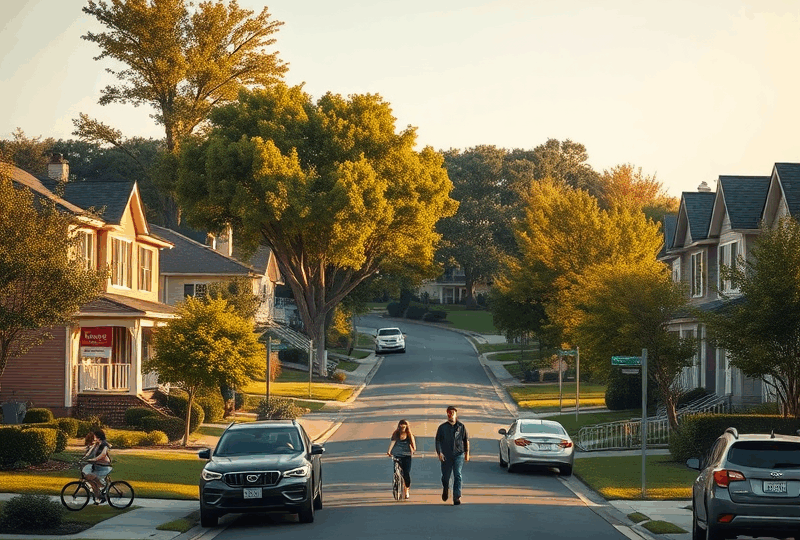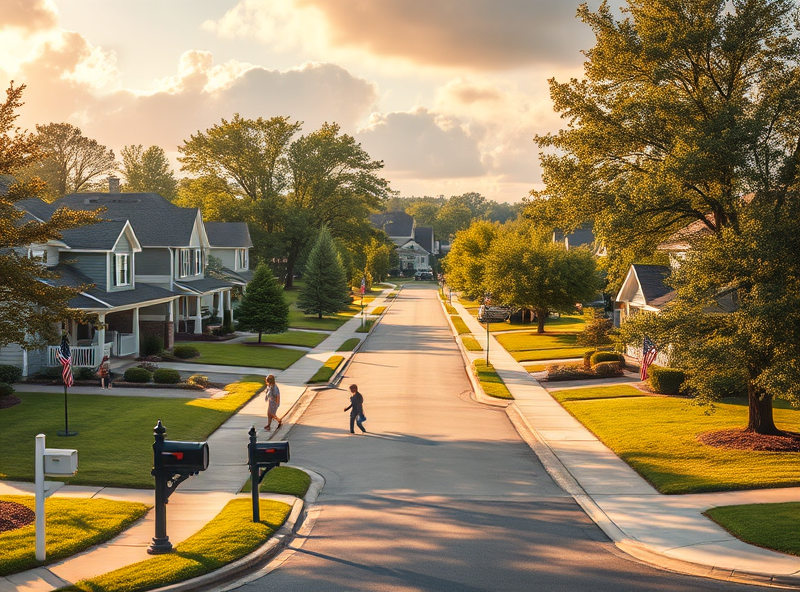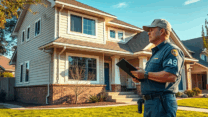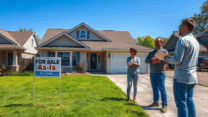
Best Neighborhoods to Buy a Home: What Every American Homebuyer Should Know

Buying a home is one of the most significant financial decisions an American can make. Whether you’re a first-time buyer or looking to relocate, choosing the right neighborhood is just as important as selecting the home itself. From school districts to safety, and from property value trends to local amenities, many factors come into play. In this article, we’ll explore the best neighborhoods to buy a home across the United States, based on data, expert insights, and livability scores.
What Makes a Neighborhood Great for Homebuyers?
Before diving into specific locations, it’s important to understand what defines a great neighborhood. While personal preferences vary, the following factors are commonly valued by American homebuyers:
– Safety and low crime rates
– Quality public schools
– Proximity to employment hubs
– Access to public transportation
– Community amenities (parks, libraries, restaurants)
– Property value appreciation potential
– Sense of community and neighborhood culture
According to the National Association of Realtors (NAR), homebuyers in the U.S. consistently rank neighborhood quality and convenience as top priorities when choosing a home.
Top Neighborhoods for Homebuyers in the United States
Let’s take a closer look at some of the best neighborhoods to consider when buying a home. These areas are recognized for their strong real estate markets, livability, and long-term investment potential.
1. Westfield, Indiana
Located just north of Indianapolis, Westfield has become a favorite among families and professionals. With top-rated schools, a growing job market, and the Grand Park Sports Campus, it offers a suburban feel with urban conveniences.
– Median Home Price: ~$330,000 (as of 2023)
– School Rating: A+ (GreatSchools.org)
– Crime Rate: 43% lower than the national average
2. Cary, North Carolina
Part of the Research Triangle, Cary is known for its high quality of life, excellent public schools, and strong tech job market. The town offers a mix of suburban charm and urban access.
– Median Home Price: ~$450,000
– Unemployment Rate: Below national average
– Notable Employers: SAS Institute, Epic Games
3. Frisco, Texas
Frisco has seen rapid growth over the past decade. With master-planned communities, excellent schools, and a booming economy, it’s ideal for families and young professionals.
– Median Home Price: ~$500,000
– Population Growth: +71% since 2010 (U.S. Census Bureau)
– Home to the Dallas Cowboys’ training facility
4. Bellevue, Washington
Just across Lake Washington from Seattle, Bellevue is a tech hub with a high standard of living. It’s home to major employers like Microsoft and T-Mobile.
– Median Home Price: ~$1.2 million
– School District: Consistently ranked among the best in Washington
– Commute: Easy access to Seattle via I-90 and public transit
5. Naperville, Illinois
A perennial favorite in Midwest rankings, Naperville combines historic charm with modern amenities. It boasts excellent schools, a vibrant downtown, and a strong sense of community.
– Median Home Price: ~$475,000
– Crime Rate: Among the lowest in Illinois
– Education: Home to top-ranked public schools and North Central College
6. Boulder, Colorado
Nestled at the foothills of the Rockies, Boulder offers outdoor living, a progressive culture, and a thriving job market in tech and research.
– Median Home Price: ~$900,000
– Education: University of Colorado Boulder
– Lifestyle: Hiking, biking, and sustainability-focused community
7. Franklin, Tennessee
Located just south of Nashville, Franklin blends Southern charm with economic opportunity. It’s known for its historic downtown, excellent schools, and music industry connections.
– Median Home Price: ~$700,000
– Low Unemployment: Below 3% (Bureau of Labor Statistics)
– Community Events: Festivals, farmers markets, and live music
Tips for Choosing the Right Neighborhood
Even within great cities, neighborhoods can vary significantly. Here are some tips to help you make the best decision:
– Visit at different times of day to get a feel for traffic and noise
– Talk to local residents about their experiences
– Research local school ratings and crime statistics
– Check zoning laws and future development plans
– Consider your commute and access to essential services
Final Thoughts
Buying a home is not just about the property—it’s about the lifestyle, community, and long-term value. By focusing on neighborhoods with strong fundamentals, you can make a smart investment that benefits your family for years to come.
Disclaimer
This article is for informational purposes only and does not constitute financial, legal, or real estate advice. Always consult with a licensed real estate professional or financial advisor before making any home purchase decisions. Real estate markets are subject to change, and data may vary by source and time. We do not guarantee the accuracy or completeness of the information provided.
Sources:
– National Association of Realtors (www.nar.realtor)
– U.S. Census Bureau (www.census.gov)
– GreatSchools.org
– Bureau of Labor Statistics (www.bls.gov)








답글 남기기